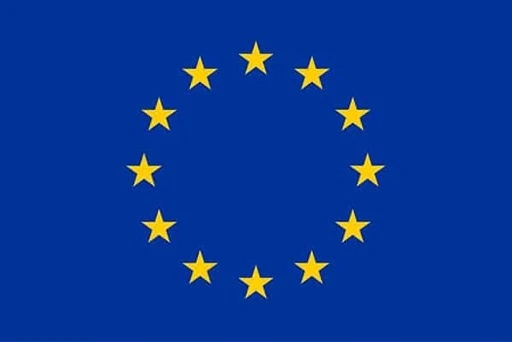EU ports remain key front line in counterfeit goods seizures as authorities warn fake products threaten consumer safety, fair competition, port supply chain integrity
EU ports remain key front line in counterfeit goods seizures as authorities warn fake products threaten consumer safety, fair competition, port supply chain integrity
EU ports remain key front line in counterfeit goods seizures

- China’s Shanghai and Turkey’s Mersin remained top origins in 2024, while UAE’s Jebel Ali entered the top three sources for the first time
- Authorities from 7 Member States generated 90% of the and value of counterfeit goods detained, namely Italy, Spain, France, Germany, Greece, Romania, and Netherlands
- Counterfeit products included clothing, toys, perfumes, cosmetics, CDs, DVDs, and newer categories such as e-cigarettes and vaping devices
- Despite fewer items being detained, the estimated value of detentions in 2024 reached its highest recorded level. This apparent increase is attributed to higher unit prices of the counterfeit goods seized, reflecting a shift in the nature and market impact of IP-infringing products
In a related development, the European Centre for Innovative Textiles (CETI) and technology firm SMX unveiled their partnership to combat counterfeit products in the clothing industry.
The project ... embeds invisible molecular fingerprints into fibres, each tied to a blockchain passport, creating a textile that carries proof of its origin and composition from the moment it leaves the loom. For Europe’s fashion sector, grappling with the twin pressures of regulation and counterfeiting, the move could be a turning point. It certainly is a promise.
As the report says,
Counterfeits in the textiles–apparel–fashion industry now represent up to 4.7% of EU imports, while the global market for fakes is forecast to reach $1.79 trillion by 2030. Beyond financial losses, the counterfeit trade undermines artisan communities, exploits cheap labour, and exposes consumers to hazards such as toxic dyes, heavy metals and flammable fabrics. Enforcement alone has failed to stem the tide: seizures and lawsuits remain reactive and costly, and counterfeiters continue to exploit online marketplaces and parcel networks to outpace regulators.